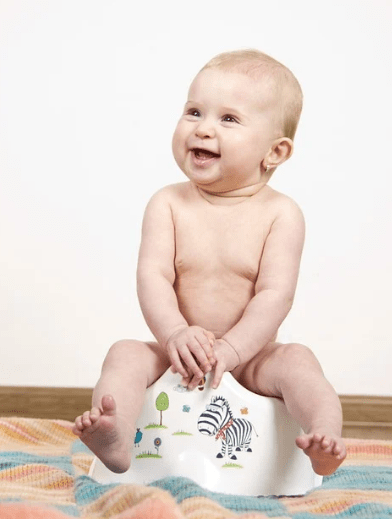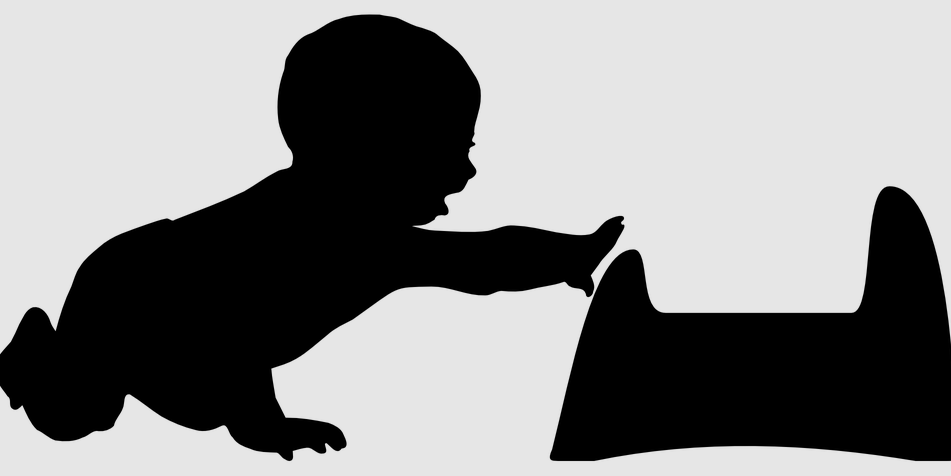The world of potty training may already be waiting to welcome you as your little one begins to stay dry every nap time, and you noticed that diaper changing becomes a minor occurrence.
The answer to successful potty training is patience and acknowledgment that all babies hit this milestone at their own pace. Different children require different strategies, but the following tips typically accomplish the task.
How to Know If a Child is Ready for Potty Training
Before commencing the potty training of your toddler, assess first if they’re exhibiting these definite signs that can tell you if they’re prepared to get started:
- More regular bowel movements- makes it more manageable to take out the potty when it’s time.
- Fewer diaper changes- toddlers still constantly pee until they’re about 20 months old. Still, the moment they begin staying dry for one to two hours, it indicates that they’re developing their bladder control and are getting psychically ready to be potty trained.
- Your child takes notice and has an aversion to dirty diapers- your toddler may decide one day that they don’t like to keep wearing their dirty diaper because it’s gross. Your child turns their nose up at stinky diapers and is ready for potty training.
- Your child becomes more vocal in going to the bathroom- when your little one begins to broadcast pooping and peeing by being vocal or through facial expressions, potty training is imminent.
How Long Does Potty Training Usually Take?
Training your child to use the potty can’t be done in just one night. It usually takes around 3 to 6 months but can also take more or less time depending on some children. If you begin too soon, the process may take a lot longer, and it may take months or years to learn how to stay dry during the night.
Types of Potty
The two primary types of potty are:
- A toddler-sized standalone potty chair with a bowl you can empty into the toilet.
- A toddler-sized seat that you can place on top of the toilet seat, letting your child feel safer and not be afraid of falling in. If you prefer this, prepare a stepping stool so your child can comfortably reach the seat and feel supported while pooping.
It’s typically best for boys to initially learn how to use the toilet sitting down before being taught to pee standing up. Consider getting a potty chair if your child feels scared or awkward about stepping on a stool to pee in the restroom.
You might want to get a seat or a training potty for every one of your bathrooms. You may even want to store a potty in your car in case of emergencies. When traveling far away, make sure to bring the potty seat with you and make a stop every 1 to 2 hours. Otherwise, it might take you too long to locate a restroom.
Tips for Potty Training
You can prepare your toddler even before they’re ready for the potty by guiding them about the process:
- Ask your child to inform you when their diaper is soiled or wet.
- Use words such as “poop,” “potty,” and “pee” to signify the deed of using the toilet.
- Get your child a potty chair they can sit on for practice. At first, let them sit while wearing a diaper or clothes, and when they’re ready, have them sit bare-bottomed.
- Identify acts to help your child recognize the urge to poop and pee.
- If you think that your child is ready to start potty training, try these tips:
- Devote some of your time to the process of potty training.
- Show your child the way you sit on the toilet and describe what you’re doing and why.
- Refrain from forcing your child to sit on the toilet against their will.
- Set a routine.
- Ensure all caregivers, including grandparents, childcare workers, and babysitters, follow the exact routine and use the same names for bathroom acts and body parts so your toddler won’t get confused.
- Avoid hard-to-take-off clothes such as shirts that fasten in the crotch or overalls. Kids on potty training have to learn how to undress themselves.
- Get your child to sit on the potty if you notice clear clues of requiring to go to the bathroom like grunting, squatting, or crossing legs.
- Let your child sit on the potty for 15 to 30 minutes after their meals to take advantage of the body’s gastro-colic reflex.
- Empty poop from your toddler‘s diaper into the toilet, and tell them that that’s where the poop goes.
- Praise every attempt of using the toilet, even when nothing occurs. Keep in mind that setbacks will happen. It’s vital not to show disappointment or punish your potty-training child when they soil the bed or themselves.
- Give your child rewards such as time reading or stickers every time they go in the potty. Create a chart to keep track of their progress.


